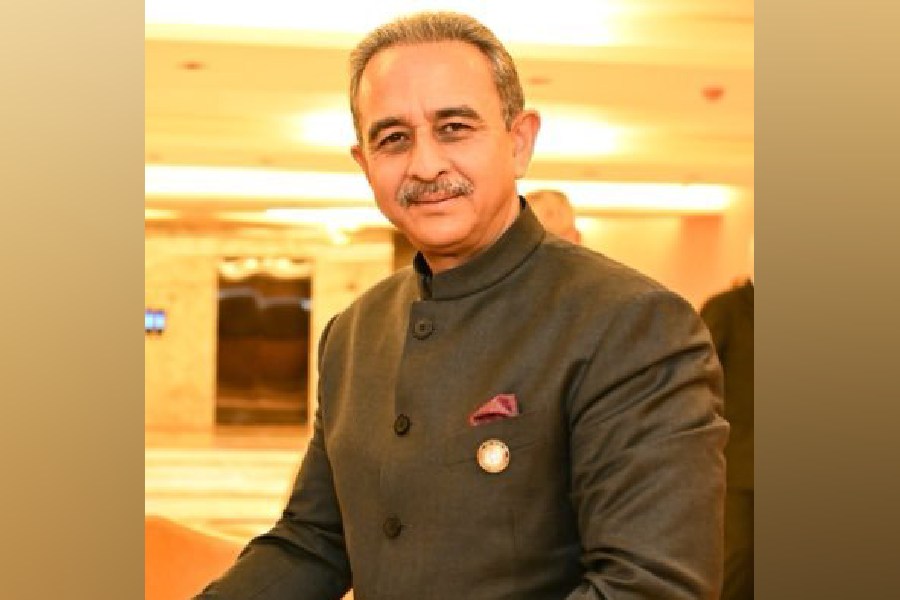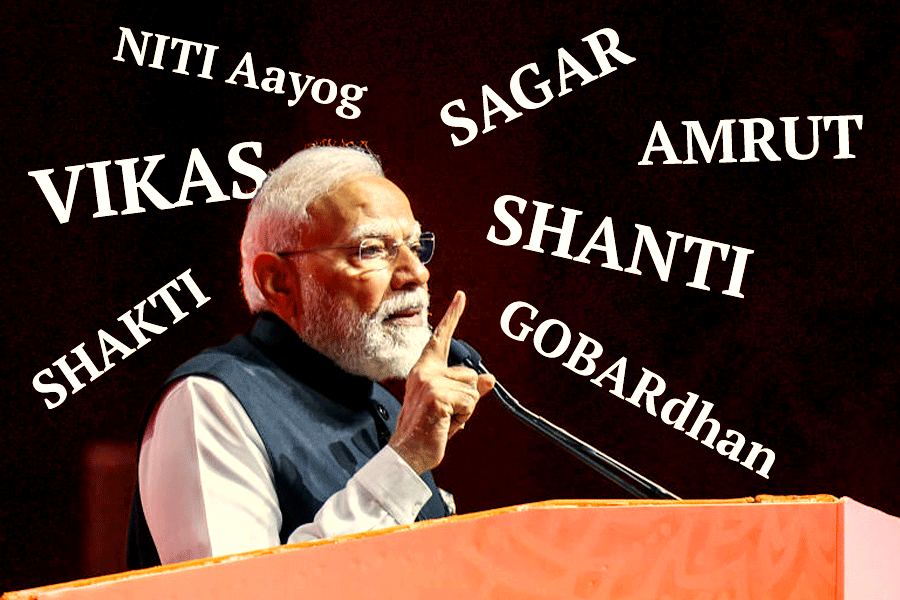BRAHMACHARYA: GANDHI AND HIS WOMEN ASSOCIATES
By Girja Kumar, Vitasta, Rs 695
Gandhi?s ?experiments with truth?, as Louis Fischer once jovially remarked, can well be called ?experiments with food?. What Fischer stopped short of saying was that they may as well be termed ?experiments with sex?. In fact, all three experiments were intricately linked in the Gandhian scheme of things. It is a pity that Gandhi?s biographers maintained a dogged reticence on the third, failing to acknowledge that Gandhi himself insisted on collapsing the barrier between his private and public life. Girja Kumar?s work is significant in this context, because it focuses exclusively on Gandhi?s principles and practices of brahmacharya, so integral to his moral philosophy and satyagraha.
Kumar discusses the Indian tradition of celibacy in some detail ? the fact that the rishis were seldom averse to sex, that the genesis myths of the Rig Veda and the Upanishads are replete with explicit sexual imagery. Cogently enough, Kumar traces Gandhi?s concept of brahmacharya to the Hindu idea of the ardhanariswar, the Christian and Islamic myths of the ?natural eunuch?, and the Jain ascetic, Rajchandra Mehta.
Kumar?s view of Gandhi?s asexuality as an expression of his desire to become a woman in a male body is almost identical with what Sudhir Kakar (in the essay, ?Gandhi and Women?) defines as his ?unconscious fantasy of maintaining an idealized relationship with the maternal body?. The difference is that Kakar locates the origin of the fantasy in the tantric rituals of passionless sex and also in the Vaisnava cult of androgynism. But, perhaps due to a dearth of information, neither Kumar nor Kakar elaborates on the exact roles of Gandhi?s partners in his bedroom experiments and their eagerness to be part of those experiments.
Kumar?s study, however, is a result of sedulous research, couched in an emotionally inflected narrative which captures the delicately shifting currents in Gandhi?s relations with his female acolytes such as Esther Faering or Madeleine Slade. Kumar shows how Gandhi was at pains to maintain the right ?balance? in these relationships, highlighting his diplomatic acumen as well as his moments of weakness, especially in his relation with Sarala Devi Chowdhurani, whom Gandhi called his ?spiritual wife?.
The author is perceptive and poised, reading meaning into several old anecdotes from Gandhi?s ashram. Had Kumar published the book in the early Eighties, it might have interested Michel Foucault, who was then working on his histories of sexuality. However, inept editing has done grave injustice to this seminal research effort.











